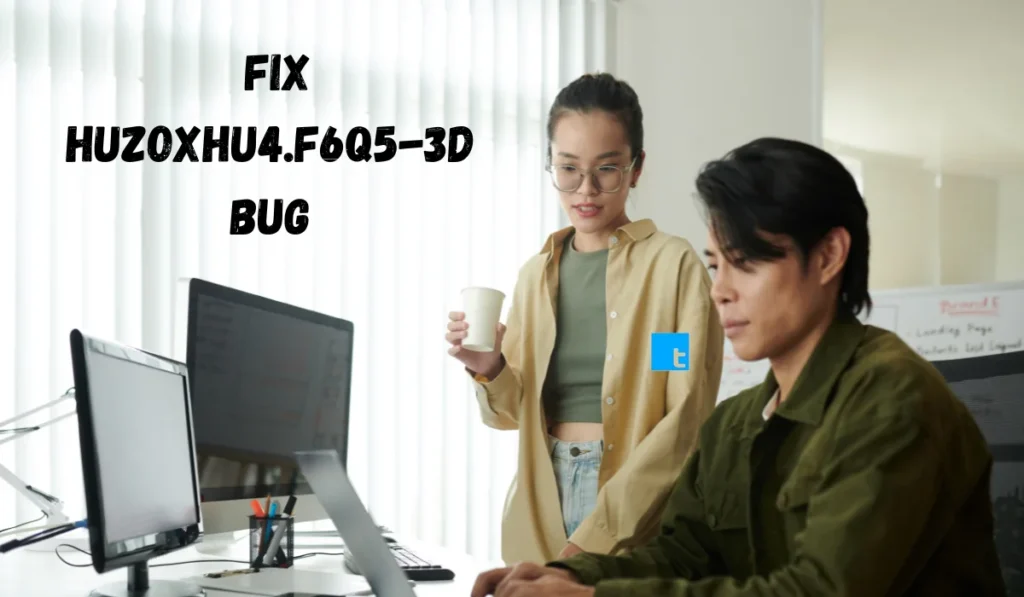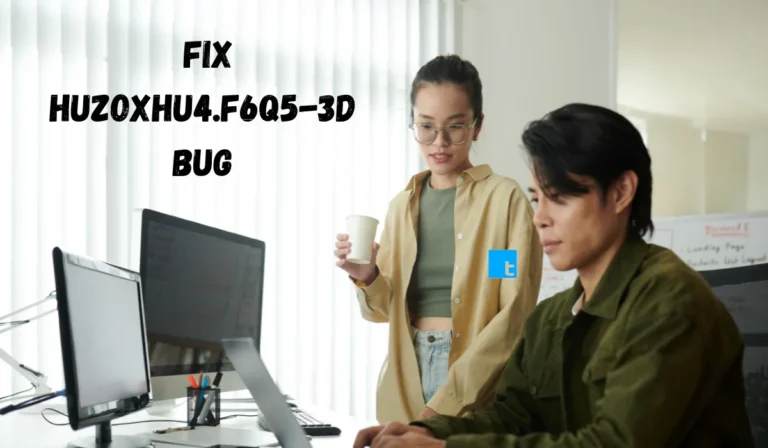
The huzoxhu4.f6q5-3d bug is a persistent issue affecting the stability and functionality of your software. Whether it’s causing crashes, freezing, or unpredictable behavior, addressing this bug promptly is key to keeping your application reliable.
Here’s a clear, step-by-step approach to find and resolve the bug.
1. Identify and Reproduce the Issue
The first step in fixing a bug is understanding exactly when and how it occurs:
-
Gather details: Are there specific conditions, inputs, or operations that trigger the bug?
-
Repeat the bug: Try to reproduce it consistently. If you know exactly how to cause it, you’re much closer to figuring it out.
Tip: Enable logging or debug messages to track what’s happening in your code immediately before the bug appears.
2. Review Logs and Stack Trace
Analyze your application’s logs and stack traces to find clues about the bug’s root cause:
-
Look for exceptions, memory violations, or segmentation faults.
-
Check whether a particular function, thread, or variable is causing trouble.
-
If a stack trace is available, follow it backwards to find where things went awry.
3. Isolate the Bug
To make debugging more manageable:
-
Disable non-critical components: If you temporarily turn off certain modules and the bug disappears, you know the bug lies within those components.
-
Add debug messages: Sprinkle logging at key points to track variable states and control flow.
4. Apply a Fix
Once you know where the bug is, you can resolve it by:
-
Correcting faulty logic: Handle cases you hadn’t previously considered.
-
Checking for race conditions: If multithreading is involved, adding proper synchronization or locks might be necessary.
-
Validating inputs: Handle invalid or unexpected data gracefully instead of letting it cause a failure.
-
Release resources: If resources aren’t freed properly, memory and handles may leak and cause problems later.
5. Validate and Test
After applying your fix:
-
Repeat your bug-reproduction steps: Confirm the bug no longer occurs.
-
Regression test: Run your full test suite to make sure your fix didn’t break anything else.
-
Performance test: Validate there are no side effects — for example, your fix shouldn’t slow down the application.
6. Deployment and Monitor
Once you’re assured the bug is gone:
-
Push the fix to your production environment.
-
Monitor logs and metrics closely to make sure it performs as expected under real-world conditions.
Conclusion
Fixing the huzoxhu4.f6q5-3d bug is all about careful observation, systematic testing, and well-informed fixes.
With the right approach, you can resolve the issue efficiently and make your software more robust and reliable.





